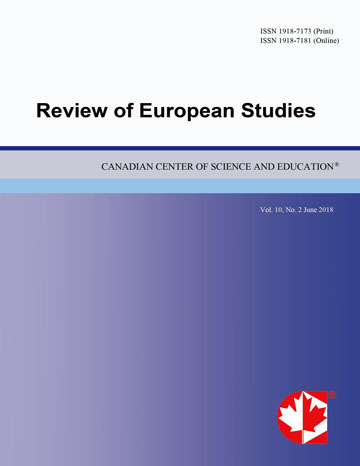Multidimensional Polarization, Social Classes, and Societal Conflict: Evidence from Medieval Towns
- Marie-Christine Thaize Challier
Abstract
The paper focuses on the nature of a population distribution (polarized or not) and its possible influence on societal conflict. Despite theoretical and empirical studies on the link between population’s polarization and social conflict, the relationship remains in question. Up to now, the role of a multidimensional polarization has been neglected and the determination of social classes by their roles and functions (and not by their resource level) has been ignored. To extend the research, we first define a multidimensional polarization index and approach it empirically through quantitative and qualitative data (often textual data) over a very long period in accordance with the historiographical method. First, this paper refutes the stereotype of a medieval French urban population polarized between rich and poor. Second, over the same period, we build a database of the intensity and occurrence of societal conflict on a sample of twenty-four French towns. The paper finds that over time the low initial degree of the population’s polarization continued to decline while societal violence was increasing. Third, whereas polarization is excluded as a determinant of societal conflict, the inter-group heterogeneity measure (or social distance) highlights some relationships. The results show that societal upheavals may be quite connected with the social distance index defined between the high and middle classes; moreover, this social unrest may be greatly related with the index defined between the high and the low classes. By contrast, the results find an outbreak of societal conflicts when social distances between the middle and low classes decrease.
- Full Text:
 PDF
PDF
- DOI:10.5539/res.v8n1p53
Index
- ACNP
- CNKI Scholar
- DTU Library
- Elektronische Zeitschriftenbibliothek (EZB)
- EuroPub Database
- Excellence in Research for Australia (ERA)
- Genamics JournalSeek
- Google Scholar
- Harvard Library
- HeinOnline
- Infotrieve
- JournalTOCs
- Mir@bel
- Open policy finder
- RePEc
- ResearchGate
- ROAD
- Scilit
- Technische Informationsbibliothek (TIB)
- The Keepers Registry
- Universe Digital Library
- WorldCat
Contact
- Paige DouEditorial Assistant
- res@ccsenet.org
